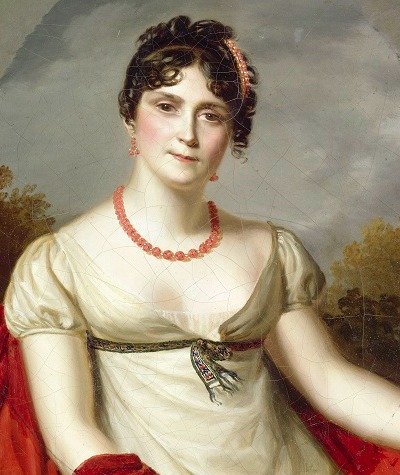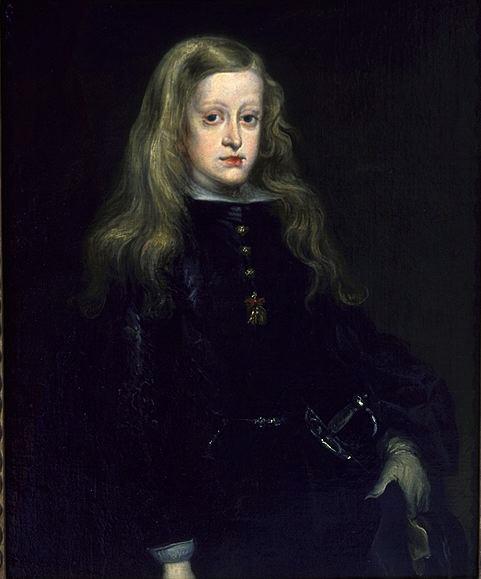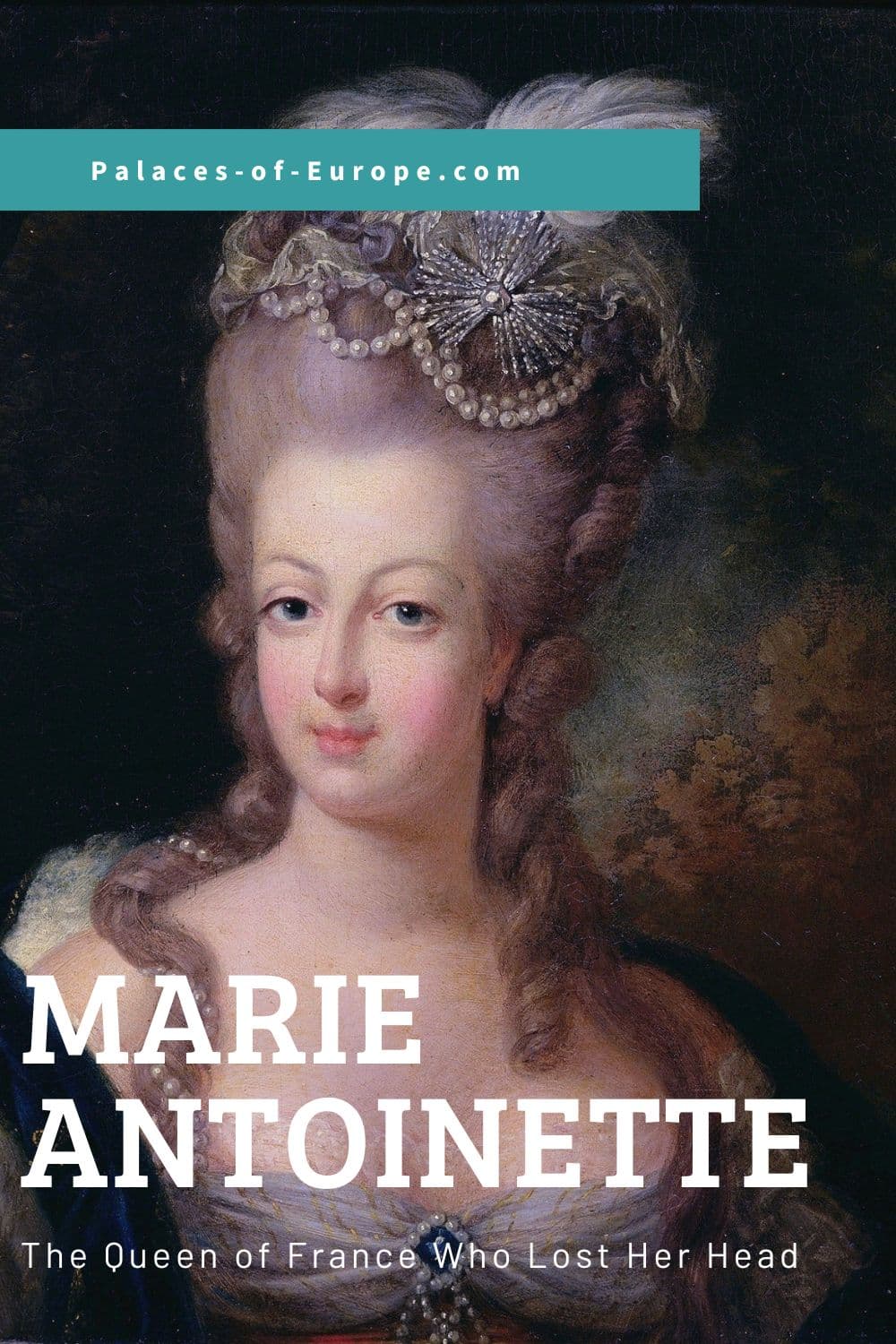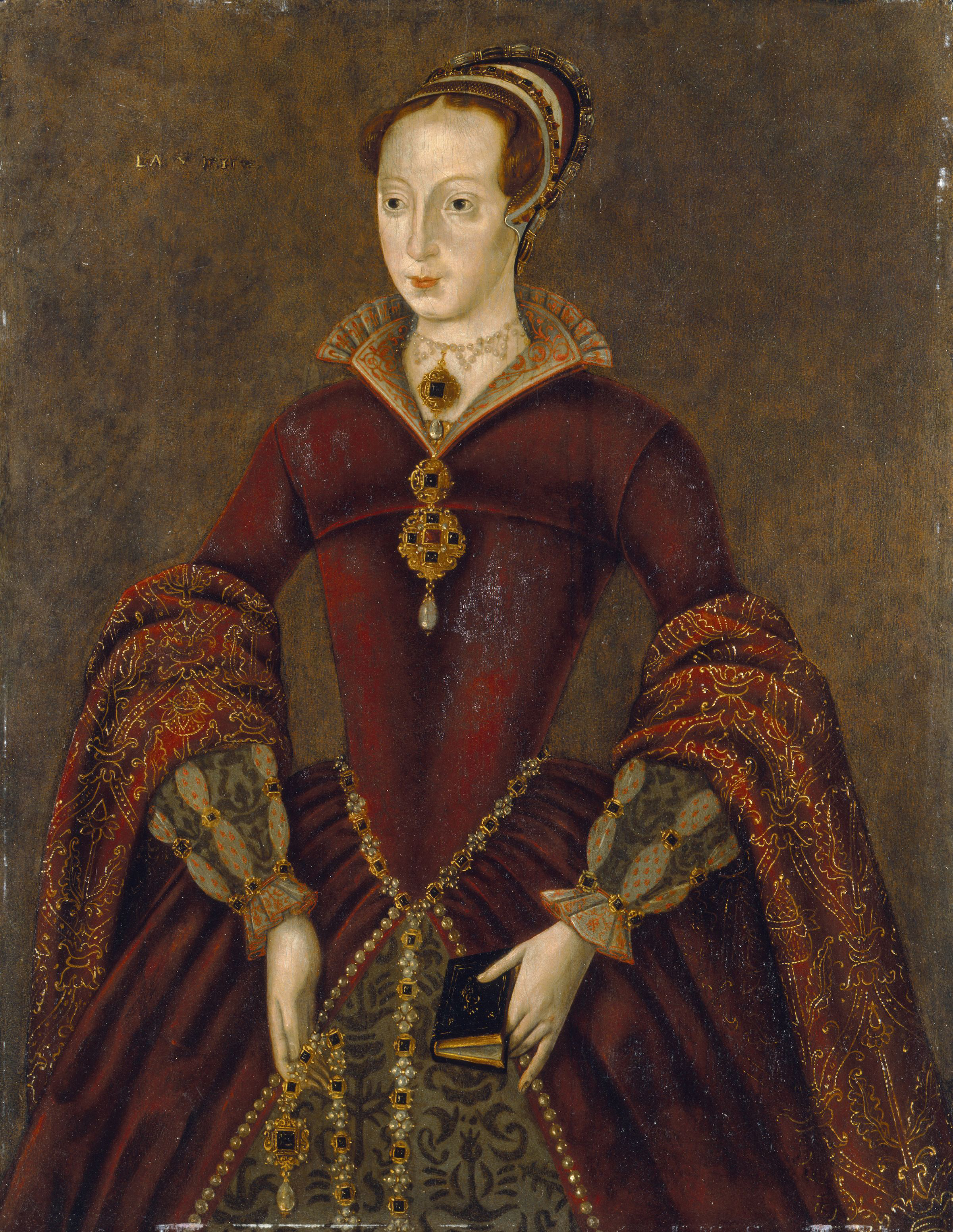King Louis XIV
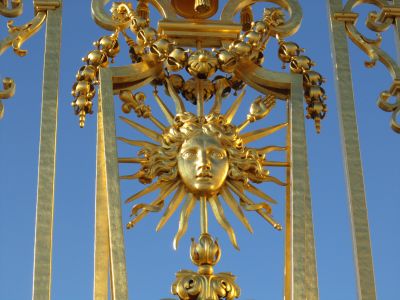 Symbol of the Sun King, King Louis XIV
Symbol of the Sun King, King Louis XIVKing Louis XIV of French, the Sun King, is known for his exorbitant Court and spectacular events at his palace of Versailles. He was the first of the Bourbon Kings that lived at Versailles Palace.
Born on September 5, 1638, Louis became King of France when he was only 5 years old. In 1643 his father, Louis XIII died. Louis XIV, the Sun King, would rule France for the next 72 years and 110 days. He is the longest-ruling Monarch in European history.
DISCLOSURE: I get commissions for purchases made through some of the links in this article.
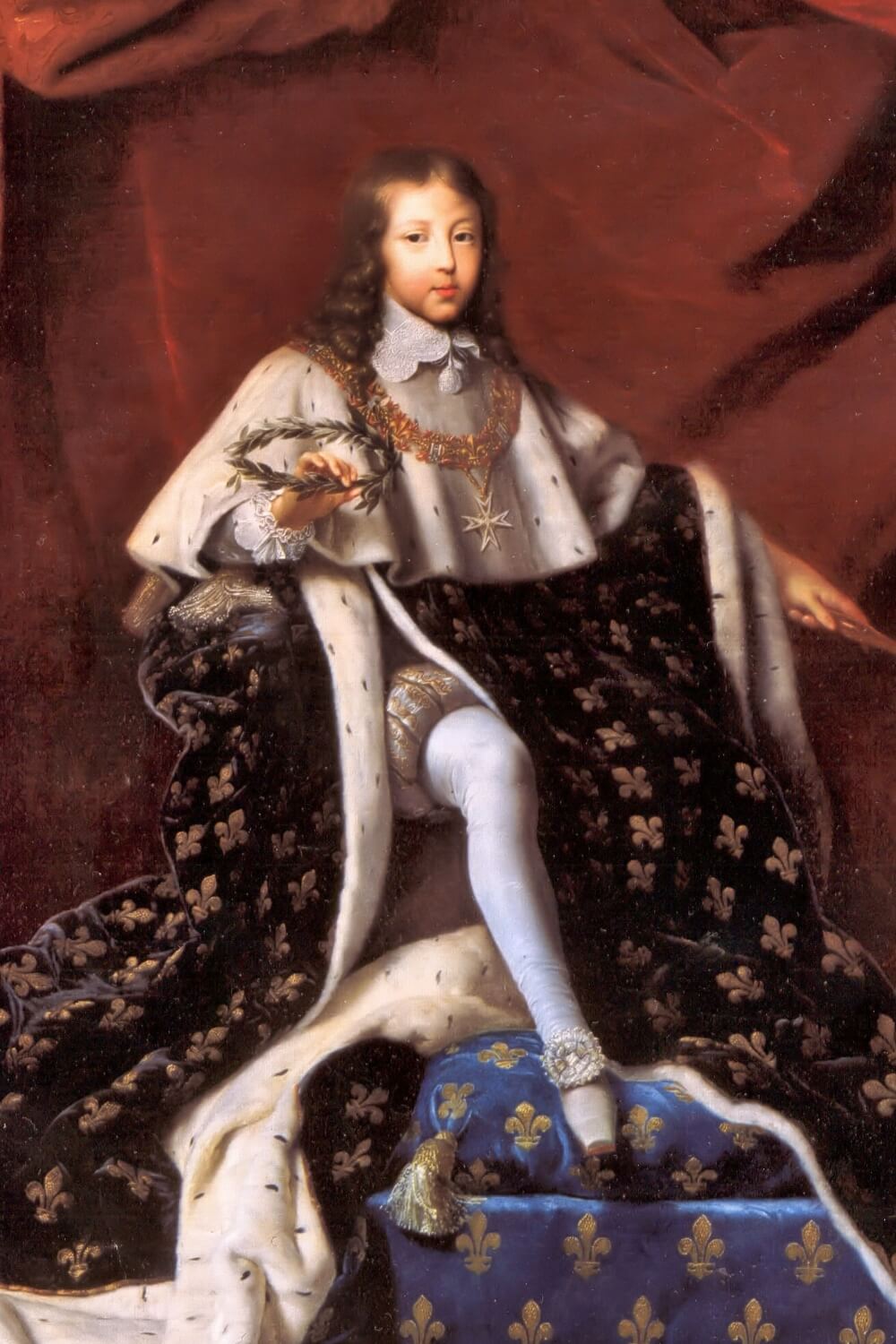 King Louis XIV at age 10 by Henri Testelin (1648) King Louis XIV at age 10 by Henri Testelin (1648) |
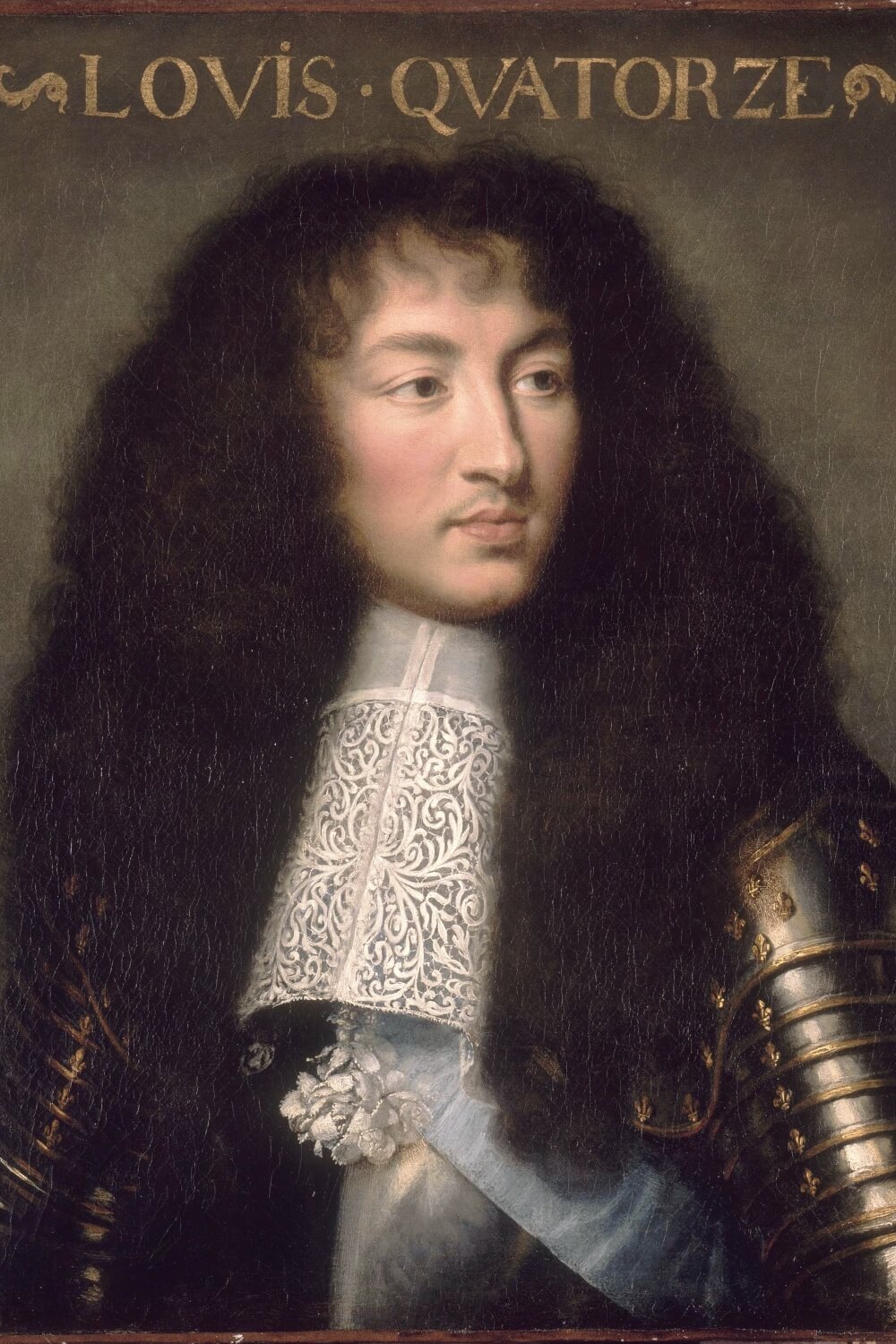 King Louis XIV at age 23, by Charles Le Brun (circa 1661-1662) King Louis XIV at age 23, by Charles Le Brun (circa 1661-1662) |
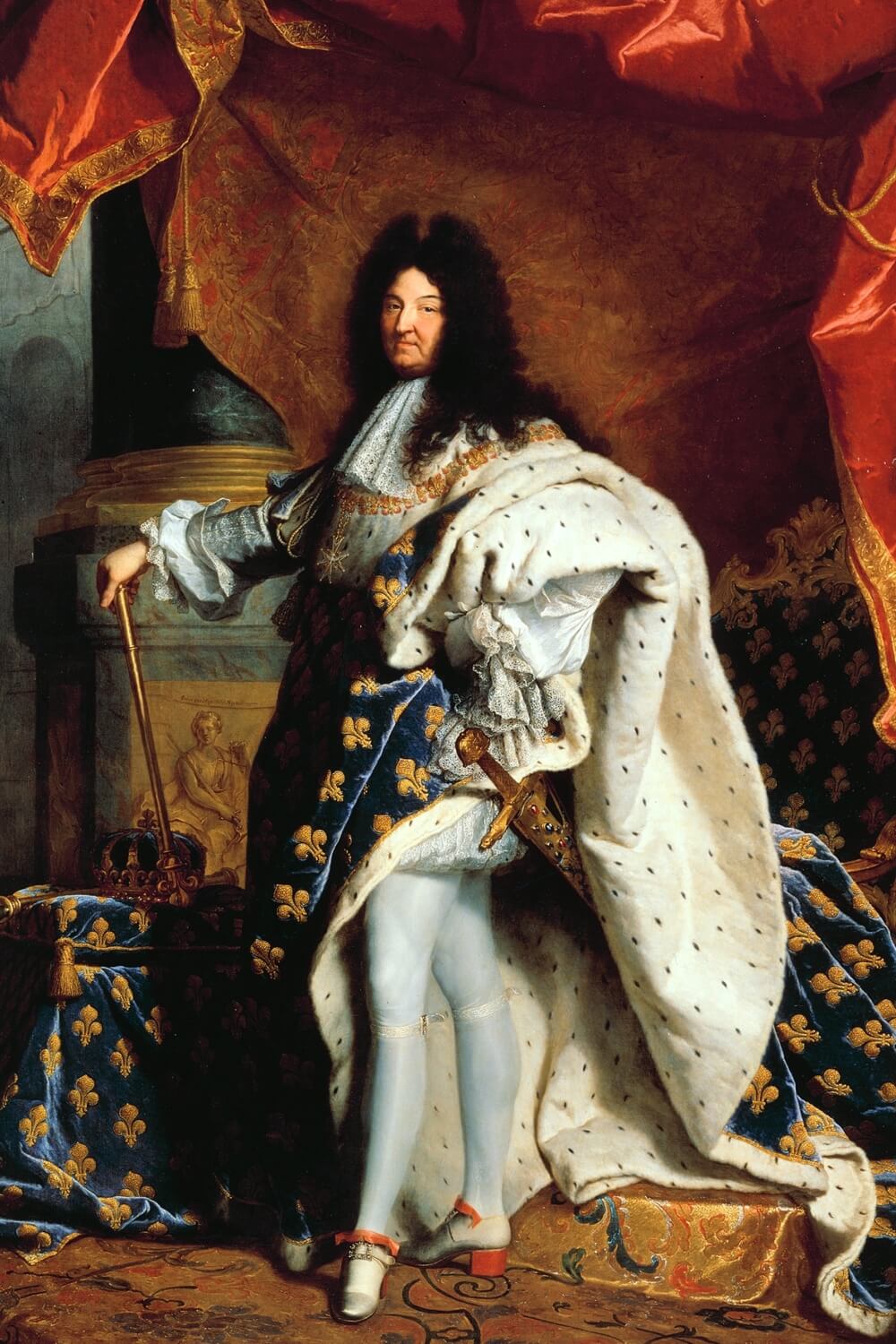 King Louis XIV at age 68 by Hyacinthe Rigaud (1701) King Louis XIV at age 68 by Hyacinthe Rigaud (1701) |
As was customary when the predecessor was too young to rule, Louis' mother Anne of Austria became his regent. Real power, though, was with Cardinal Mazarin, the prime minister of France at the time.
Cardinal Mazarin was quite successful. He and Anne survived the uprising, known as 'the Fronde, and he succeeded in ending the war with Spain. On top of that, he arranged the marriage of Louis the 14th with Maria Theresa of Spain. She was the daughter of the Spanish King Philip IV. The marriage contract was signed in 1660.
In June 1660, the Spanish princess Maria Theresa of Spain meets Louis XIV of France for the first time. The meeting is set on an island in the Bidasoa river, a natural border between France and Spain. She has to say goodbye to her father and most of her companions. Two days later, on June 9th the marriage takes place.
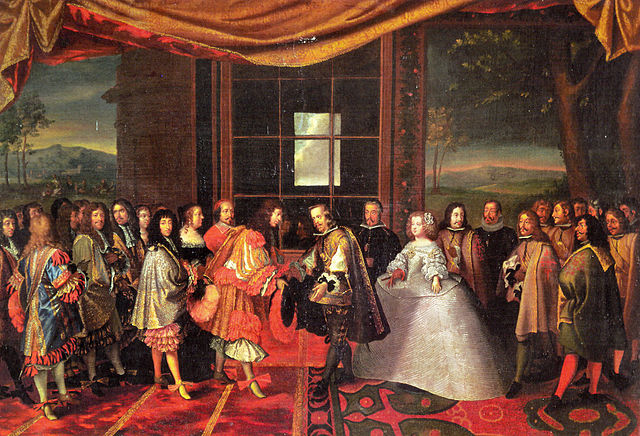 Meeting of Louis XIV and Phillip IV on the island of Fiasans in 1660 - painting by Jacques Laumosnier
Meeting of Louis XIV and Phillip IV on the island of Fiasans in 1660 - painting by Jacques LaumosnierThe man in red is Louis XIV. His mother Queen Anne is behind him, together with Cardinal Mazarin on the right. Philippe, Duke of Orleans (Louis'brother) is on her left. King Phillip IV is the one on the right greeting Louis. The Spanish king is the brother of Anne of Austria. It is the first time Anne sees her brother since she left Spain in 1615. Marie Theresa stands behind her father. in a very big white dress. She is Louis' first cousin.
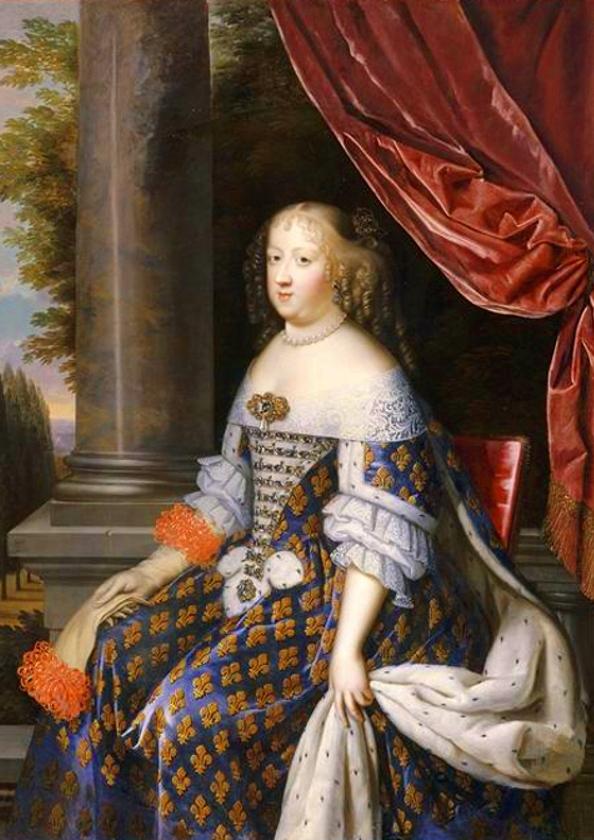 Marie Thérèse of Spain
Marie Thérèse of SpainThe newlyweds were 17 and 22 years old and 'double' first cousins (His father was the brother of her mother, his mother was the sister of her father) .
Louis and Marie Thérèse had six children together. Only one of them survived childhood and outlived his mother, this was the Dauphin Louis.
Marie Thérèse came to France at the age of 17 and died at the age of 44. She had to put up with her husband and his many mistresses. She was even grateful if these mistresses were kind to her. Especially Madame de Maintenon insisted Louis had to spend more time with his wife.
She lived a boring life and claimed that she only had one happy day during her marriage. Which day this was remained a mystery.
Louis XIV becomes the Sun King
Cardinal Mazarin was responsible for the precipitation of La Fronde (1648-1653), a revolt of the French nobility against the Royal regime. Louis the 14th was very grateful for this. This revolt was one of the reasons for the origin of the Cult of the Sun king.
When the Fronde took place, Louis was just a child. He remembered vividly the night when a mob of angry Parisians paraded through his bed-chamber. They wanted to see with their own eyes if their King was still there. Anne was not able to stop them and let them inside. Louis was faking to be sound asleep but was wide awake the whole time. Since then King Louis was terrified for rebellions.
King Louis XIV was convinced that he was appointed King directly by God. This meant he ruled on the basis of the 'Droit Divin', the divine law. Louis wanted to avoid others getting too much power and threaten peace in the Kingdom again.
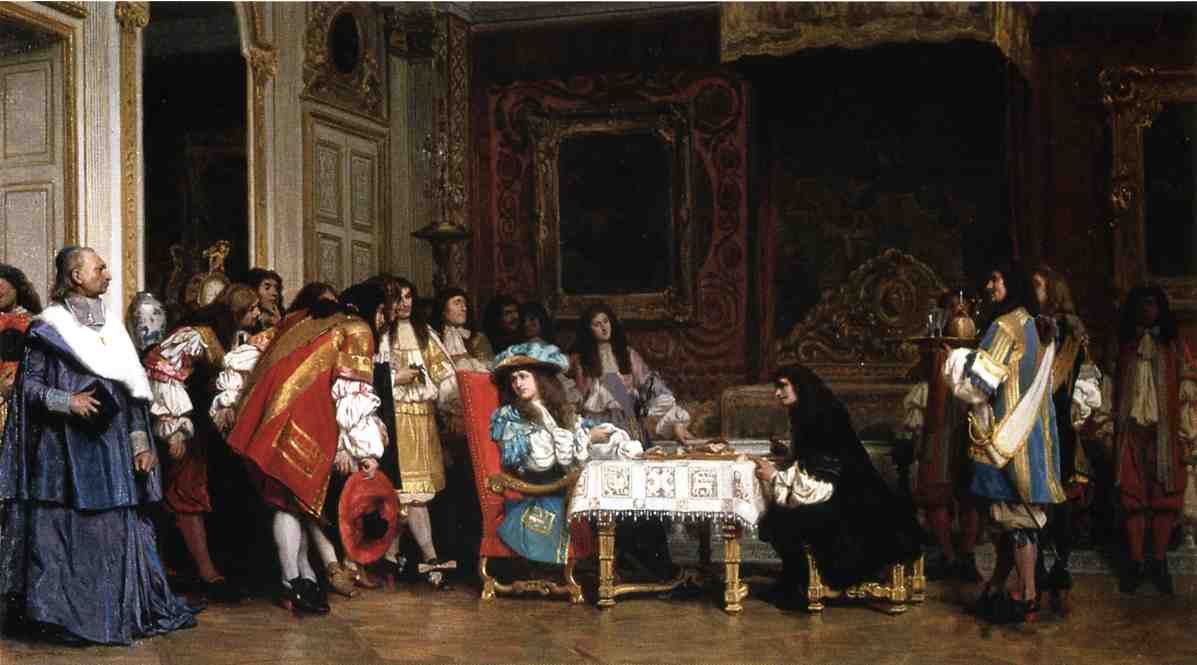 Louis XIV and Moliere, by Jean-Léon Gérôme 1862
Louis XIV and Moliere, by Jean-Léon Gérôme 1862When he made Versailles his permanent home, he insisted that all the nobles moved there with him. He wanted to keep the aristocracy near, so he could keep an eye on them all the time. Versailles became the centre of the political and cultural power of France,
Since then, everybody at Versailles had to engage in extensive Royal rituals. This complex set of rules were designed to underline the superiority of King Louis. He placed himself in the centre of the world, as the sun. The nobles surrounded him like planets. The commoners would not even get in his sight. The Sun King was born!
The centre of this universe was essentially the royal bedroom. This room is situated in the middle of the Versailles palace. The Dukes, earls and other members of the aristocracy had rooms or apartments surrounding the King's bedroom.
The closer your room was to the royal bed-chamber, the more important you were.
The greatest honour was to be present when the king woke up and went to bed. If you were allowed to assist, or simply be present at these daily ceremonies, it meant you had a very good position at court.
These ceremonies are known as the 'petit lever' and the 'grand lever' in the morning, and the 'coucher' in the evening. They clearly revealed anyone's status at court. Attending was a sign of importance, engaging was a sign of even more greatness. Only the most prominent people were allowed to get behind the balustrade surrounding the King's bed. Instead of plotting against their King, the nobles of la Fronde were now debating who had the honour to put on the King’s nightdress!
King Louis XIV and his mistresses
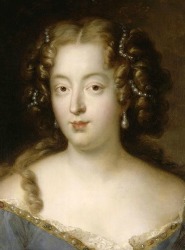 Louise de la Valliere
Louise de la ValliereLouis XIV had many mistresses, and they bore him more children then Marie Thérèse did. He had about 16 children with them (that we know of).
He had his first 'official' affair with Louise de la Valliere. Some say the move of the court to Versailles was to avoid this affair to become public. But it is hard to think that the king had to keep his mistresses a secret. In fact, having a mistress was a common practice at court in those days.
In fact, this affair was encouraged by the people surrounding the King. There was a rumour going around of a romance between Louis the 14th and his sister-in-law Princess Henrietta Anne Stuart of England. To counter this gossip, Princess Henrietta herself introduced her lady-in-waiting Louise la Valliere to the king. Not soon after they started a romance.
Louise XIV and Louise had four children together. Only two children survived infancy.
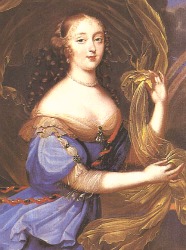 Athénaïs, Madame de Montespan
Athénaïs, Madame de MontespanIn 1667 Françoise 'Athénaïs' de Rochechouart de Mortemart replaced Louise de La Vallière as mistress of Louis XIV. Athénaïs was married to the Marquis of Montespan, and is also known as Madame de Montespan.
She was a lady-in-waiting to Queen Maria Theresia. She was very popular at court because of her beauty, charm and intelligence.
Louise de la Valliere was also still at court, serving as a decoy for the new relationship with Athenais. Athenais was married, and that was a bit of a problem. This lead to embarrassing situations. At one time Louis forced his wife the Queen, her lady-in-waiting Athenais and Louise, all to travel with him in the same carriage!
Madame de Montespan and Louis XIV had seven children together. Only four of them reached the adult age. Six of the children were officially acknowledged by the King.
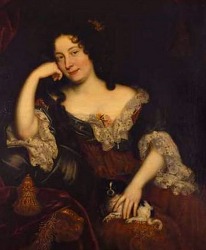 Françoise d'Aubigné, Marquise de Maintenon
Françoise d'Aubigné, Marquise de MaintenonBefore the children were legitimised, they lived in a house on the outskirts of Paris with their governess Madame Scarron. This was, in fact, the future Madame de Maintenon.
Besides being the nanny, Madame Scarron was also a companion for Madame de Montespan. The king would often meet her when he visited his children.
After the children were legitimised, they all came to live at Versailles Palace. Madame Scarron moved with them. There the king and the governess would meet even more. The king rewarded her generously for her services. This made it possible for her to buy Chateau de Maintenon. Since then she is known as Madame the Maintenon. She had the intention to withdraw there in retirement, but as she got closer to the King she abandoned this idea.
After his break with Madame de Montespan in 1680 the King got a relationship with Madame de Maintenon. She was a very pious and intelligent woman. The king even married Madame de Maintenon in secret after the death of Queen Maria Theresia. They had no children.
Love and Louis XIV: The Women in the Life of the Sun King
In this book, Antonia Fraser describes the life of King Louis XIV via the women in his life; his mother, his wife and his many mistresses.
The mistresses of the King usually lived in apartments close to the royal bed-chamber. A secret entrance would connect the two apartments.
King Louis XIV had one other hidden staircase from his rooms. These led to the apartment of his dogs, who he wanted to feed himself each morning!
Dead of the Sun King
King Louis XIV got France into many wars, most of which he started. He did this first of all in defence of France and also to extend its area.
All these wars and the outrageous lifestyle at Versailles Palace cost an awful lot of money. Louis XIV had little regard for the lives of the common people in France. Taxes had to be paid by those with the least money: farmers and tradespeople. The rich nobles were exempted from tax.
When the King died, the kingdom was completely bankrupt. His successors had a hard time reigning the country with this legacy. Eventually, this led to the French Revolution and the end of the reign of the bourbon kings.
King Louis XIV the Sun King, died on 1 September 1715, four days before his 77th birthday. He died a miserable death by gangrene, a very painful infection in which the tissue dies off and colours black.
Louis XIV's great-grandson Louis XV succeeds him as King of France. At that time he is five years old, the same age as his great-grandfather when becoming King. The other heirs to the throne, his son, Dauphin Louis and his grandson, Louis of Burgundy, had already died during the 72-year-long reign of Louis XIV.
Other royals around Europe did their best to imitate the pompous lifestyle of Louis. Clones of Versailles appeared throughout Europe, like Schloss Herrenchiemsee in Bavaria.
Louis XIV is buried in the basilica at Saint-Denis in Paris. You will find him downstairs, were he has a rather simple plaque marking his grave.











